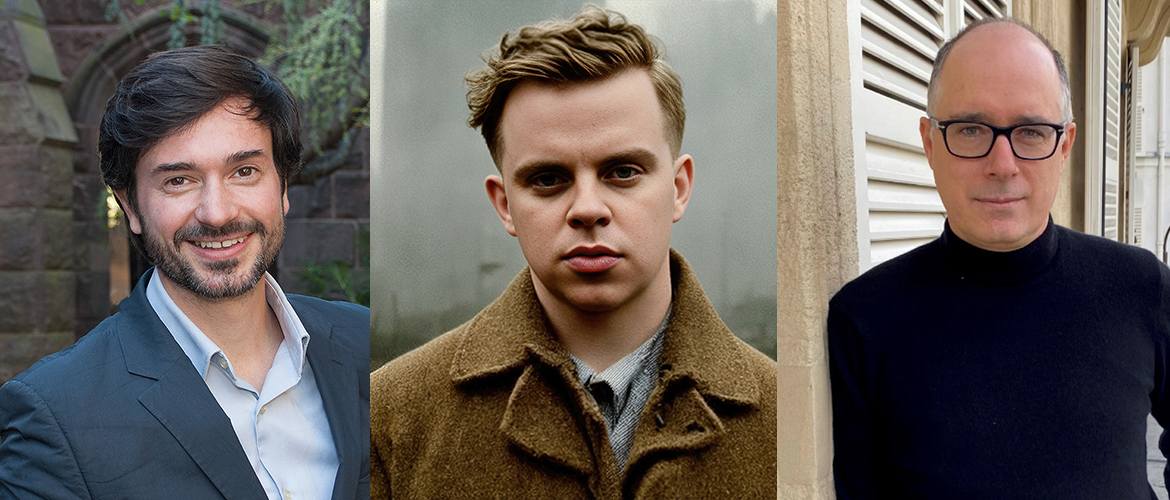Artificial imagination: images after photorealism. A discussion between Grégory Chatonsky, Antonio Somaini and Christian Joschke on the occasion of the publication of the review Transbordeur: Composite Images.
How can we understand the mutation that artificial intelligences are bringing about in the field of images today? What new type of composite images do digital tools produce? This conversation between Grégory Chatonsky, Christian Joschke and Antonio Somaini opens up perspectives for reflection by attempting to place it in a long history of images made of images. If images generated by artificial intelligence refer to principles observed in the past with composite photography, combination printings or photomontage, they nevertheless deviate from them because of their purely inductive and statistical functioning. The operation of these software programs based on deep learning contributes to producing a "latent space", a virtual space that accumulates in the form of calculations all the images of the past, the present and the future. This changes the whole relationship to photographic realism, paving the way for what Gregory Chatonsky has called "disrealism".
After studying philosophy and hypermedia at the Beaux-Arts de Paris, Grégory Chatonsky developed a practice of Netart in the 1990s within Incident.net. In 2002, he turned to the question of extinction, inextricably artificial and natural. In 2008, he began working with artificial intelligence, which he renamed artificial imagination, and attempted to blur the boundary between human faculties and technical capacities.
Christian Joschke is a professor at the Beaux-Arts de Paris and co-editor of the journal Transbordeur. Photography history society.
Antonio Somaini is professor of film, media and visual culture theory at the Université Sorbonne Nouvelle, and senior member of the IUF (Institut Universitaire de France). His main publications include the books Culture visuelle. Images, regards, médias, dispositifs (with Andrea Pinotti, Presses du Réel, 2022) and Ejzenštejn. Il cinema, le arti, il montaggio (Einaudi, 2011), and the co-editing of the collective books Repenser le médium. Art contemporain et cinéma (with Larisa Dryansky and Riccardo Venturi, Presses du Réel, 2022) and La haute et la basse définition des images. Photography, cinema, contemporary art, visual culture (with Francesco Casetti, Mimésis, 2021). He has also co-edited editions in French, English and Italian of texts by Walter Benjamin, Sergei Eisenstein, László Moholy-Nagy and Dziga Vertov.
Penser le Présent is produced with the support of Société Générale.
Retransmis en live sur YouTube et Instagram
Disponible en podcast J+7
14 rue Bonaparte, Paris 6e - Free admission subject to availability
Photos credits: All rights reserved




